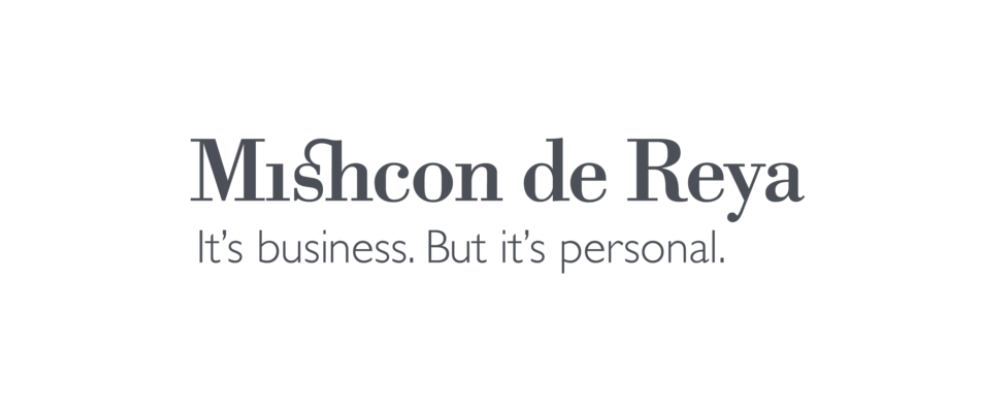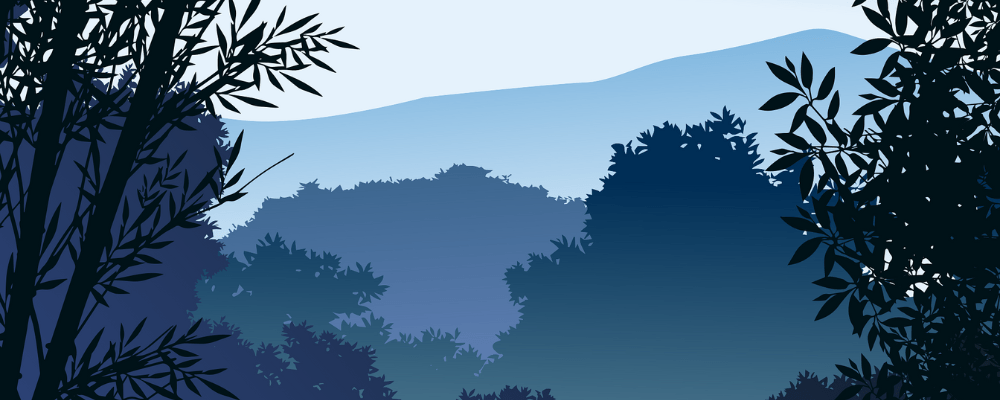Have you seen the recent pictures of Pope Francis wearing a puffer jacket in the style of Balenciaga or Elon Musk holding hands with AOC? If so, these were created using Midjourney, an artificial intelligence (AI) art generator which can be used to create images from text descriptions and prompts.
The use of AI systems like Midjourney, as well as others such as ChatGPT, Dall-E, Github Co-Pilot and Stable Diffusion, are becoming increasingly popular for developing new products, services and software, and for creating content. While the potential benefits of using this technology are extensive, their use also raises a broad range of IP issues, some of which are already before the courts to resolve. One key issue is the complex question of whether AI-generated works can attract copyright protection; others revolve around potential infringements (in both inputs and outputs), as well as possible defences that might be available.
Is the content created by AI generators protectable?
Regrettably, the position on this differs from country to country. In the UK, the default rule is that the author of an original literary, dramatic, musical or artistic work, be that an image, work of literature or computer code, is the copyright owner of that work. Copyright protection is available automatically without the author needing to register their work, but it only applies to ‘original’ works (S 1(1)(a) Copyright, Designs and Patents Act 1988 (CDPA)), which constitute the expression of an idea.
Unlike other countries, the UK specifically recognises that ‘computer generated works’ attract some form of copyright, albeit with a more limited term of protection than other works. Computer-generated work is defined in the legislation as a work generated by a computer in circumstances such that there is no human author of the work. In such cases, however, the ‘author’ of the ‘computer-generated work’ is taken to be ‘the person by whom the arrangements necessary for the creation of the work are undertaken’ (s 9(3), CDPA). This is similar to the test used under the CDPA to determine the producer in relation to a film.
How this applies to content created with generative AI is currently untested in the UK. Given the rapid developments in this technology since the introduction of the CDPA, the UK Government had sought views on the interaction of AI and intellectual property (IP), and specifically the treatment of computer-generated works in the form of a consultation, issued in 2021 before the recent surge of interest in generative AI. In its responses to the Consultation, published in June 2022, it noted that, as the majority of respondents favoured no change to the law, no reform (such as removing or replacing the current protection of computer-generated works with a new right of reduced scope/duration) would take place at this time. However, the UK Government noted it would ‘keep the law under review and could amend, replace or remove protection in future if the evidence supports it’. This light touch regulatory approach is also evident in the UK’s AI White Paper, on which Mishcon de Reya has recently published an article.
The US Copyright Office (USCO) has taken a different stance to the UK and published a Statement of Policy clarifying its practices relating to registration of works containing material generated by AI.
The guidance states that only the human created parts of a generative AI work are protected by copyright. Accordingly, where a human author arranges AI-generated material in a sufficiently creative way that ‘the resulting work as a whole constitutes an original work of authorship’ or modifies AI-generated content ‘to such a degree that the modifications meet the standard for copyright protection,’ the human-authored aspects of such works may be protected by copyright. This statement follows a decision by the USCO on copyright registration for Zarya of the Dawn (‘the Work’), an 18-page graphic novel featuring text alongside images created using the AI platform Midjourney. Originally, the USCO issued a copyright registration for the graphic novel before undertaking investigations which showed that the artist had used Midjourney to create the images. Following this investigation (which included viewing the artist’s social media), the USCO cancelled the original certificate and issued a new one covering only the text as well as the selection, coordination, and arrangement of the Work’s written and visual elements. In reaching this conclusion, the USCO deemed that the artist’s editing of some of the images was not sufficiently creative to be entitled to copyright as a derivative work.
Establishing originality
One of the difficulties in establishing copyright protection for AI-generated works is the concept of originality.
In the UK, the courts traditionally applied the concept of originality ‘in the limited sense that the author originated it by its efforts rather than slavishly copying it from the work produced by the efforts of another person’, and to require ‘more than negligible skill and labour’. However, the approach to originality has changed over time, in line with the harmonising approach adopted by the European Court of Justice (CJEU) which, in a series of cases, determined that copyright requires ‘the author’s own intellectual creation’. Additional CJEU guidance has expanded on this to require the author’s own intellectual creation to ‘reflect their personality’, as an expression of their free and creative choices. This approach to the assessment of originality continues to apply in the UK post-Brexit as ‘retained EU case law’ but the Court of Appeal and/or Supreme Court could choose to depart from it in an appropriate case. In any case, it is not clear how these approaches to the assessment of originality should apply to a work without a human author. If the work is required to reflect the personality of the author, how can this test be met for computer generated works? Some authors have suggested that computer generated works need only be original in the sense of not slavishly copied, and that such works should be assessed by asking whether they would satisfy the requirements had they been created by a human author.
Identifying the author
Another difficulty in establishing copyright protection for AI-generated works is identifying the author of such works (ie, the person who created the work). Identifying who this person might be under section 9.3 CDPA is not straightforward. At first glance, you might say that the ‘author’ is the person who created the work by writing the prompts to make the images generated by the AI platform. Under this conclusion, the AI platform would be regarded as a tool to create the work, such as a pen or a camera. In some instances, it may be straightforward to apply this analogy to AI. For example, if you took a photo with the use of an AI-enabled filter, it is likely to be found that you used AI as merely a tool to take your photograph. In other instances, this may not be the case. For example, in Nova Products Ltd v Mazooma Games Ltd [2006] EWHC 25 (and affirmed on appeal), the Court held on the facts that the author of copyright relating to a video game was the programmer who ‘devised the appearance of the various elements of the game and the rules and logic by which each frame is generated and [who] wrote the relevant computer program’ [105] and not the user of the game. Applying this analogy to generative AI works, the person who made the necessary arrangements for the creation of the generative AI and ultimately owns the work would be the developer (or their employer) who wrote the code that allows you to create generative AI images. However, even then, it is uncertain whether the use of training data (or indeed the image prompts to develop a new image) would involve sufficient originality. This issue is made more complicated where the output resembles an existing work too closely. Given the potential uncertainty over who the author (and therefore the owner) of an AI generative work might be, and given the number of people and entities that may be involved in an AI project, it is useful to clarify the intended position through contractual terms.
Mitigating risk from using AI-generated works
- Before using an AI generative platform, read the terms of your chosen platform to assess how it works and if it addresses whether there are any rights in the data supplied to and produced by the AI system. This exercise will help you decide whether you want to use a more permissive platform or if you need to flow down that same position to your customers. When assessing the rights held in the input into an AI system, many AI generative platforms (such as Midjourney) require you to grant ‘to Midjourney, its successors, and assigns a perpetual, worldwide, non-exclusive, sublicensable no-charge, royalty-free, irrevocable copyright licence to reproduce, prepare Derivative Works of, publicly display, publicly perform, sublicense, and distribute text, and image prompts you input into [Midjourney], or [works] produced by the service at your direction’. This means that Midjourney could potentially licence your prompts, as well as any of the works you generate to the extent that they are protected by copyright or other rights.
- Document your creative process for works created with the aid of an AI platform, including the extent of any expressive contributions added to AI generative works.
- Choose a platform which has been trained on proprietary data sets, where the development process has been carefully documented, and appropriate licences or assignments of intellectual property rights have been secured from any third-party contributors or collaborators.
- Monitor digital and social channels for the appearance of works that may be derived from your own.
- Be transparent. Companies employing generative AI tools like ChatGPT or image generator Midjourney will be required to disclose any copyrighted material used during the development of their systems under the EU’s AI Act. This provision aims to maintain transparency regarding the use of copyrighted material in AI development.
“Our purpose remains rooted in our founding values. We have always been driven by an entrepreneurial, tenacious and socially conscious spirit: one that has always embraced change in order to stay relevant and shape the future.
From our offices in London, Cambridge, Oxford and Singapore, and through our association with Karas So LLP in Hong Kong, we still counsel clients around the world with the same vision, dedication and passion that we set out with. We continue to fight for freedoms, settle disputes, protect assets and grow businesses. We fiercely guard our clients’ interests and appreciate the privilege of sitting alongside them as a trusted advisor.
However, we believe that lawyers must move from the age of instruction to the age of anticipation: to be pro-active, harness the law’s potential and unlock possibilities others do not see, and to champion diversity, innovation and sustainability.
We appreciate that business has never been so personal.”
Please visit the firm link to site




